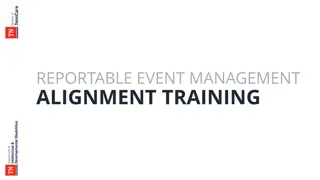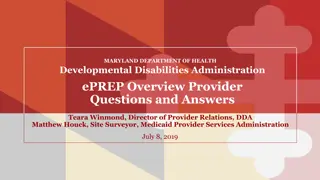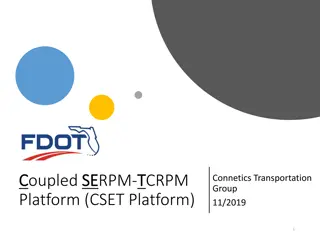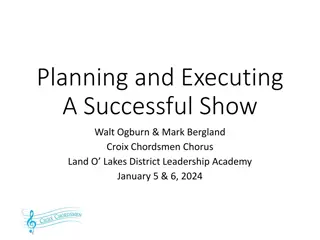CHORUS: Perspectives from a Platform Provider
This content provides insights on what publishers need to do to participate in CHORUS, including collecting funder information, linking to licenses, making articles publicly accessible, and more. It also covers updates for both back-end and front-end platforms, along with recommendations for engaging service providers early, understanding VOR vs. AM, compliance strategies, and maintaining funder embargo data.
Uploaded on Mar 05, 2025 | 0 Views
Download Presentation

Please find below an Image/Link to download the presentation.
The content on the website is provided AS IS for your information and personal use only. It may not be sold, licensed, or shared on other websites without obtaining consent from the author.If you encounter any issues during the download, it is possible that the publisher has removed the file from their server.
You are allowed to download the files provided on this website for personal or commercial use, subject to the condition that they are used lawfully. All files are the property of their respective owners.
The content on the website is provided AS IS for your information and personal use only. It may not be sold, licensed, or shared on other websites without obtaining consent from the author.
E N D
Presentation Transcript
CHORUS: Perspectives from a Platform Provider Matt Hirst mhirst@silverchair.com 434-220-8479
Outline CHORUS Basic Overview Platforms Back-end Updates Platforms Front-end Updates Recommendations Questions?
CHORUS Basic Overview What Do Publishers Need To Do? Collect funder information (via your manuscript tracking system or by extracting from your articles) and map it to entries in the CrossRef Funder Registry Send the funder information to CrossRef s FundRef system Link to a common license or post your proprietary license for content reuse on your site Make at least one version of your articles reporting on funded research publicly accessible on your website, either Version of Record (VOR) or Accepted Manuscript (AM), with an appropriate embargo period if desired Send to CrossRef the URL for the publicly accessible version paired with the URL for the reuse license with an appropriate start date commensurate with the chosen embargo period Permit your publicly accessible versions to be harvested for indexing by agencies (agencies will link back to you by the DOI) Archive the AM or VOR at a recognized archive service Source: http://www.chorusaccess.org/resources/simple-guide-to-participating-in-chorus/
Platforms Back-end Updates Update XML Guidelines, Content Processing Capabilities Update CrossRef for Funding & Licensing Metadata Update Related Data Structures, Access Controls
Platforms Front-end Updates Update licensing information/pages (as needed) and front-end display for funding information, CHORUS & FundRef signage. Funding information can also be included in article display via CrossMark.
Recommendations If you are interested in participating in CHORUS, engage your service provider/partners early in the conversation. VOR vs. AM (different publishers, different requirements) Think about and understand the consequences to your workflow and the entirety of the process/requirements. Compliance/Licensing Strategy (business decisions too) Be prepared to be flexible, patient and keep an open line of communication with your partners as FundRef and CHORUS continue to grow and evolve. Access Control via Funder Embargo Maintaining Funder Embargo Data
Thank you! Questions? Matt Hirst mhirst@silverchair.com 434-220-8479
